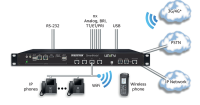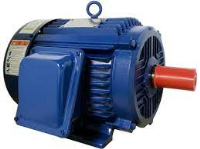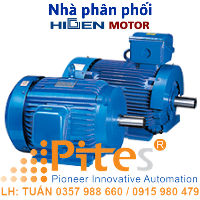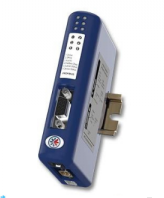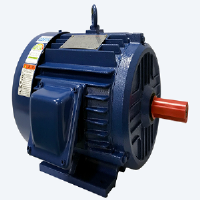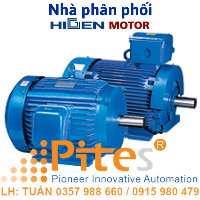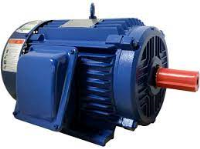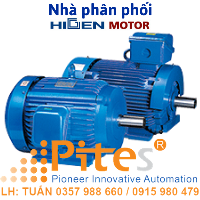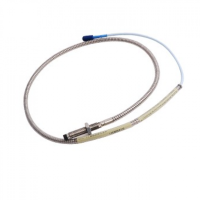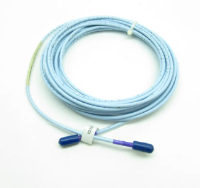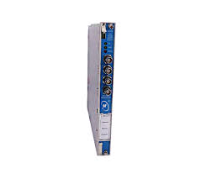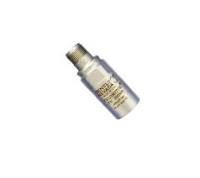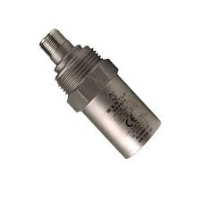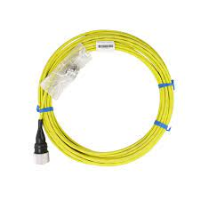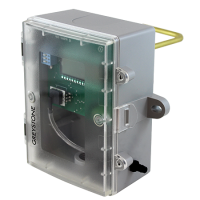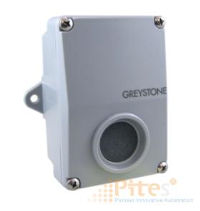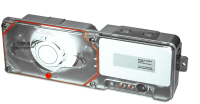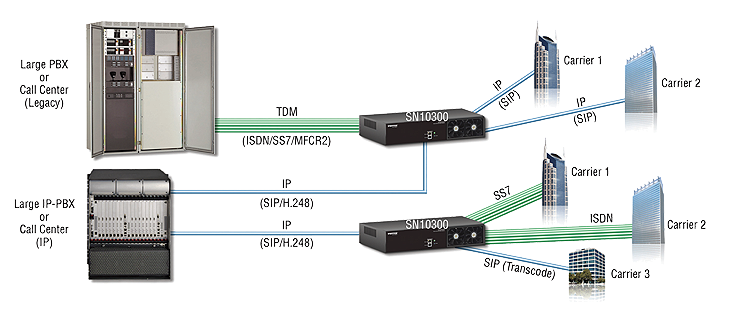
SmartNode SN10300 16 to 1024 x T1/E1/J1, 1 to 48 DS3, or 1 to 16 OC3/STM-1 Edge/Core Media Gateway PATTON VIET NAM
Hãng sản xuất: Patton VIET NAM
Overview
As service providers add VoIP capabilities over their SS7/sigtran networks, they reduce costs when interconnecting with other carriers, cost-effectively build out their network footprints, and transport voice traffic over SIP-over-IP backbones. As a viable replacement for the recently EOL Cisco PGW 2200 SS7/C7 solution, the SmartNode 10300 Series SS7 media gateway enables VoIP services delivery over traditional time-division multiplexing (TDM) networks. The built-in sigtran SS7 protocol stack bridges voice traffic between the public switched telephone network (PSTN) and advanced SIP-over-IP networks Positioned in the network core or edge, SmartNode SS7 gateways enable service providers to transition to SIP-over-IP VoIP telephony while maintaining the quality and the reliability of traditional TDM networks that use the SS7 Sigtran protocol.
TDM interfaces
Service providers, whether providing local, long-distance or international voice services, are interconnected with a multitude of other providers using T1/E1/J1, DS3 or STM-1 links. It is critical for service providers to be able to rapidly establish new interconnections without having to always deploy new devices. SmartNode 10300 Series media gateways therefore offer flexibility and can be configured to support T1/E1/J1, DS-3 or STM-1 interfaces.
Signaling and control protocols
Just as flexibility in the selection and deployment of TDM links is a key requirement for service providers, the need to support multiple signaling protocols across various carrier partners is just as important. Each SN10300 media gateway provides support for the concurrent use of ISDN, SS7/C7, CAS (R2), SIP, and SIGTRAN signaling in the same device. The ability to provide both switching and conversion across multiple TDM and IP signaling protocols at once is paramount to enabling the operational flexibility and cost savings that drive service providers to expand their carrier relationships and converge their networks.
In parallel with the TDM and IP signaling protocols mentioned above, SN10300 devices also support the H.248 media gateway control protocol, which enables any H.248-compliant third-party softswitch to control a media gateway. While the softswitch manages call control interactions, the SN10300 handles transmission of call media as well as any required transcoding.
Media handling
Service providers will use one or more codecs on their VoIP networks according to their desire to save bandwidth, to provide a certain level of voice quality, or simply to interoperate with other VoIP devices or providers. The ability to support multiple different concurrent codecs and to allocate them in real time based on traffic is the key to delivering true network convergence.
SmartNode 10300 gateways feature extensive support for various wireline, mobile and IP telephony audio formats, delivering seamless transcoding in real-time. The media gateways ship with support for G.711, G723.1, G.726, and G.729ab right out of the box, with no additional license fee required. They also offer optional support for mobile and IP vocoders such as AMR, AMR-WB (G.722.2), GSMFR/ GSM-EFR, EVRC/QCELP, G.728, G.729eg, and iLBC. SN10300 gateways offer independent dynamic codec selection per channel. This means that it is possible to assign different vocoders to different channels, on a channel-by-channel basis. The devices can then run all of these codecs concurrently and do so with no impact on system performance.
SN10300 gateways also provide unparalleled support for Internet-based fax, also known as Fax over IP or Fax relay, using the T.38 protocol, which is used to carry fax communications over an IP network. (They also support the T.30 protocol for fax over the PSTN.)
System density
SN10300 gateways feature the industry’s highest system density in a 2U form factor. Beside the capital savings achieved by purchasing less units of equipment, system density also provides operational cost savings in the form of reduced co-location fees as well as lower power and cooling costs.
Energy efficiency
For many, if not most, service providers, the payoff from reducing energy use can be particularly impressive; typically, for every watt of power required to operate a device, another watt is required to cool it. The SN10300 media gateways can play a major role in reducing energy costs, with an average two-thirds less power consumption than competing products of similar capacity.
Provisioning and maintenance
For network convergence efforts to contribute positively to revenue and profitability, service providers must maintain their reputation for uptime and availability during the introduction, operation, and maintenance of new services. The SN10300 offers an operations, administration, maintenance, provisioning (OAM&P) solution. OAM&P enables the service provider to perform the initial setup of the SN10300 media gateway and any subsequent maintenance operations. These range from the simple, such as the collection of statistics and alarms, to the more complex, such as system configuration changes, the addition of new hardware or software components, and the application of software patches or software upgrades.
Applications
Enterprise Applications
In the Enterprise market, SmartNode now offers a solution to the large Enterprise. We are substantially increasing TDM/digital port density to be the best and most reliable high-density Media Gateway going from 512 up to 32,768 VoIP calls. Now SmartNode offers from 1 analog port to up to 1024 T1/E1 or 48 DS3 or 16 STM-1 in a single box or a single system. The SmartNode 10300 is a key component for business trunking, call center, and transcoding solutions for the Enterprise.
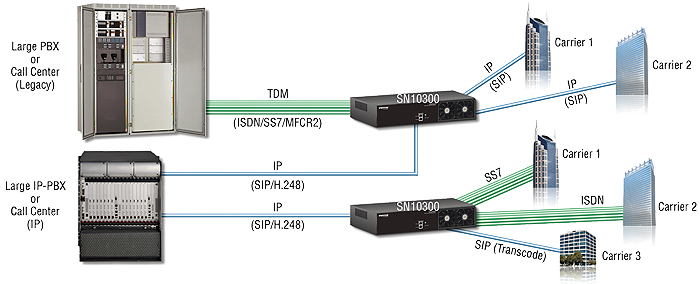
Carrier Applications
In the Carrier market, the SmartNode has become a preferred advanced CPE and the SmartNode 10300 expands the portfolio with a high traffic CPE.
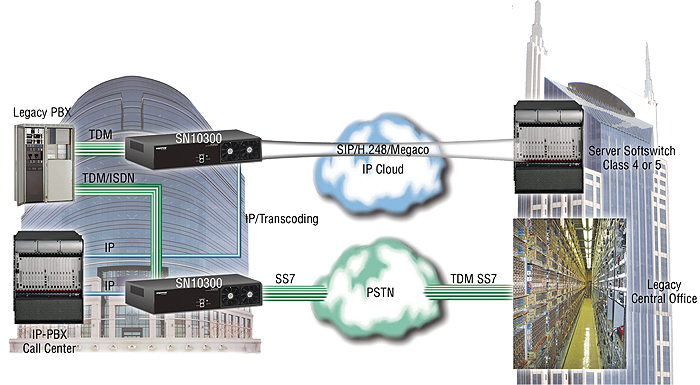
In addition, the SmartNode 10300 expands our reach onto the Carrier as the Media Gateway is a key component for applications at the Carrier operational level as well as in connecting advanced value-added services.
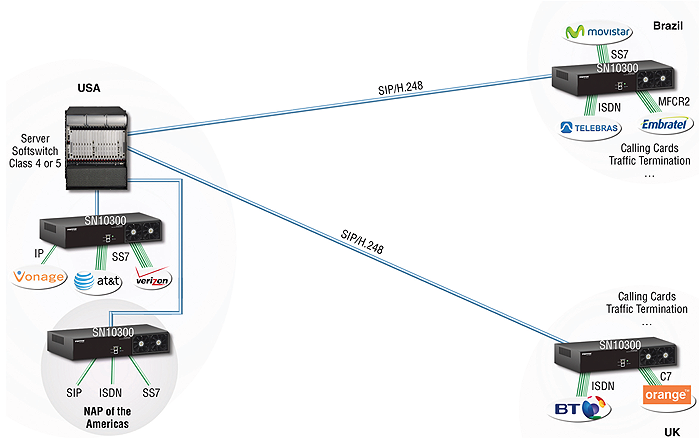
Features
- 16 to 1024 x T1/E1/J1, 1 to 48 DS3, or 1 to 16 OC3/STM-1—Highest system density in the market means the lowest cost per port; up to 66% rack and space cost savings
- 512 to 32,768 VoIP channels (field upgradable)—Simple field upgrade by 16 T1/E1 and 512 VoIP channels or 1 DS3 and 672 VoIP channels or 1 STM-1 and 2,016 VoIP channels.
- Increased system up-time—SS7 link redundancy, dual power supply support, field-upgradable components
- Low operating expense (up to 80% cost savings) significantly improves ROI—Low power consumption (150 W for the SN10300 at full capacity)
- Connect with confidence to diverse VoIP endpoints and IP fax—Extensive media handling support for wireline, wireless and fax codecs










 Mr. Tú
Mr. Tú


